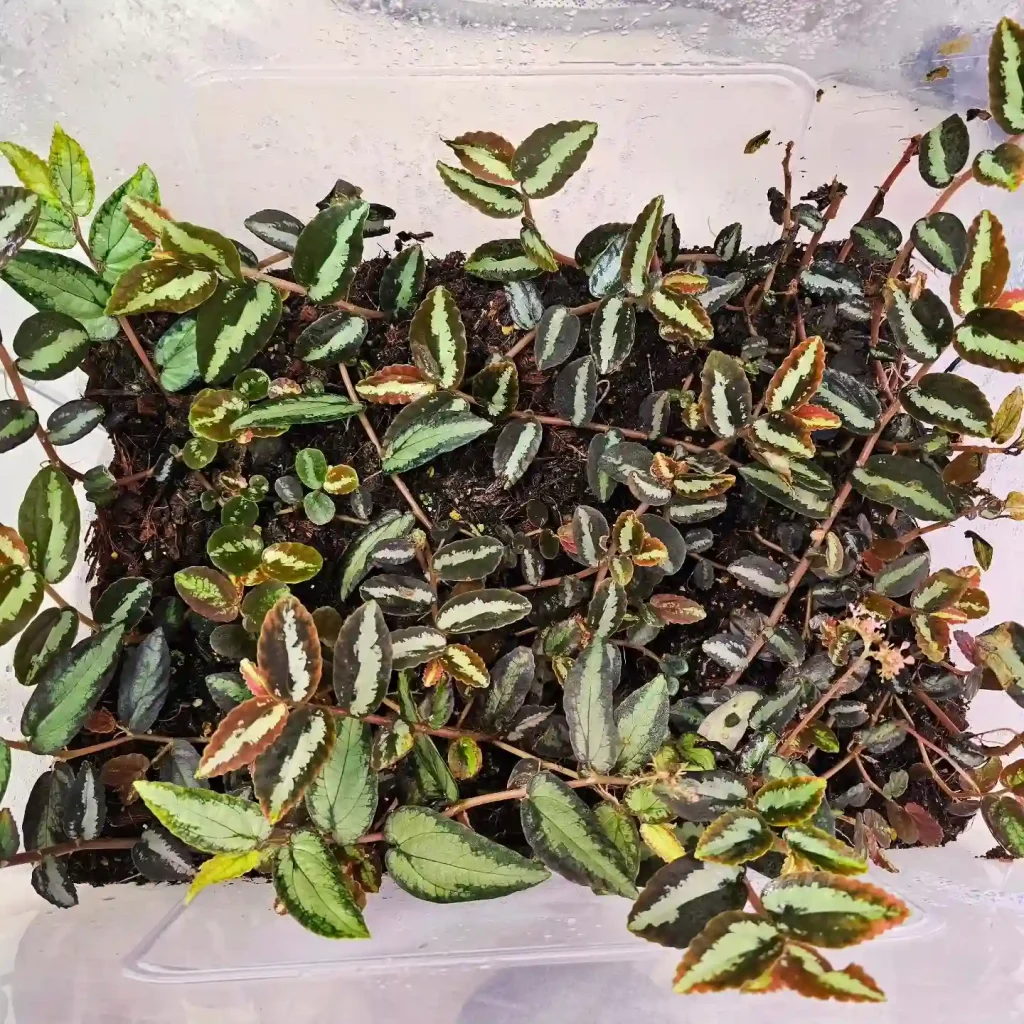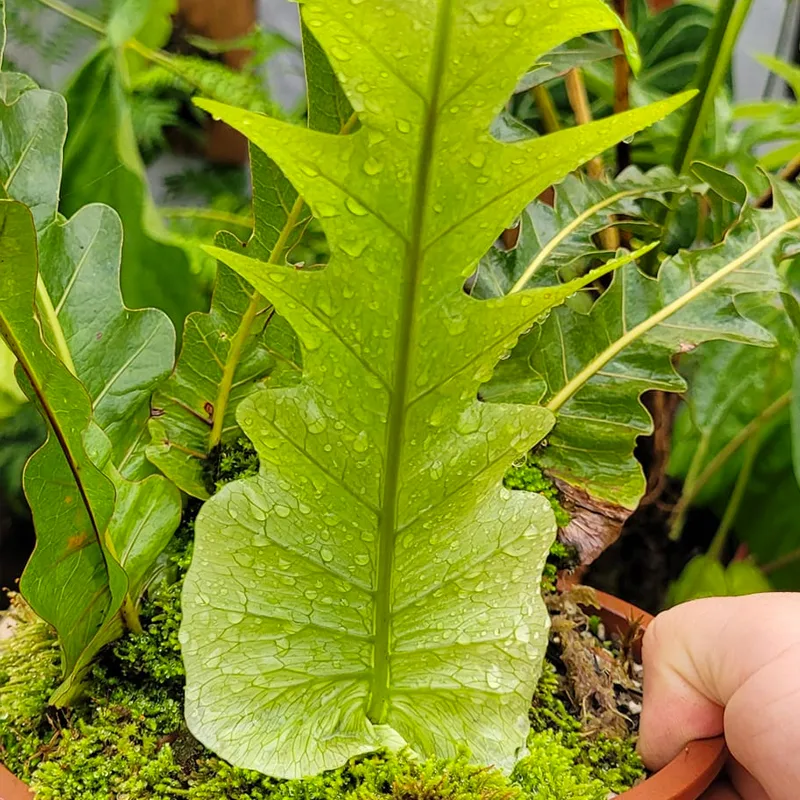All About Rumex Patientia: Patience Dock for Your Garden and Plate
Hi there, Ferb Vu here. Today, we’re diving into the world of Rumex patientia, also known as Patience Dock, Garden Patience, or Monk’s Rhubarb. This interesting perennial plant has a long history and offers a surprising culinary twist.
298 Species in Genus Rumex
What is Rumex Patientia?
Rumex patientia is a herbaceous perennial belonging to the Polygonaceae family, which also includes buckwheat and sorrel. It’s native to southern and eastern Europe but thrives in many temperate climates worldwide. Patience Dock boasts large, green leaves with prominent veins and reddish-brown stalks. It produces clusters of small greenish flowers that eventually turn into brown seeds.
Can I Eat Patience Dock?
Yes, you can! The leaves of Rumex patientia are edible and have a mild, acidic flavor similar to sorrel. They’re a good source of vitamins and minerals, including vitamins A, C, and K, as well as iron and calcium.
Here’s the catch: Patience Dock leaves contain oxalic acid, which can be harmful in large quantities. So, enjoy them in moderation.
How to Enjoy Patience Dock:
- Salads: Young leaves add a tangy twist to salads. Just be sure to balance them with sweeter ingredients.
- Soups and Stews: Patience Dock wilts down beautifully in soups and stews, adding a surprising depth of flavor.
- Baked Dishes: Use Patience Dock leaves in place of spinach or other greens in lasagna or other layered dishes.
Remember: Always harvest younger leaves, as they tend to be less acidic.
Patience Dock vs. Rhubarb
It’s easy to see why Patience Dock gets nicknamed “Monk’s Rhubarb.” The stalks have a similar reddish color, and the leaves share a tartness. However, there are key differences:
- Flavor: Rhubarb is much more tart and acidic than Patience Dock.
- Toxicity: Rhubarb leaves are highly toxic due to oxalic acid content. Stick to the stalks for culinary use.
- Culinary Use: Rhubarb is primarily used in desserts due to its intense sweetness. Patience Dock, with its milder flavor, is more versatile.
In short: Patience Dock offers a similar experience to rhubarb stalks but with a less intense sweetness and a touch of bitterness.
Patience Dock vs. Swiss Chard
Both Patience Dock and Swiss Chard are leafy greens with a similar appearance. Here’s a breakdown:
- Flavor: Swiss Chard is milder and slightly sweet, while Patience Dock has a tangy, acidic flavor.
- Oxalic Acid: Swiss Chard contains less oxalic acid than Patience Dock.
- Culinary Use: Swiss Chard is a popular cooking green, often used in stir-fries, pastas, and quiches. Patience Dock, with its stronger flavor, might overpower some dishes.
The takeaway: Swiss Chard is a more versatile cooking green, while Patience Dock offers a unique flavor profile for adventurous palates.
Growing Patience Dock
Patience Dock is a low-maintenance perennial that thrives in full sun or partial shade. It prefers well-drained soil and can tolerate some neglect. Here’s a quick guide:
- Planting: Sow seeds directly outdoors in spring or fall.
- Spacing: Allow 18-24 inches between plants.
- Harvesting: You can start harvesting leaves when the plant reaches 8-10 inches tall.
Bonus Tip: Patience Dock readily self-seeds, so be prepared for new plants popping up year after year.
Conclusion: Patience Rewarded
Rumex patientia, the Patience Dock, is a fascinating plant that offers both culinary and aesthetic value. With its beautiful foliage and unique flavor profile, it’s a worthy addition to your garden and, in moderation, your plate. So, why not give Patience Dock a try and see if it rewards your patience with a delicious and nutritious harvest?
If i die, water my plants!



